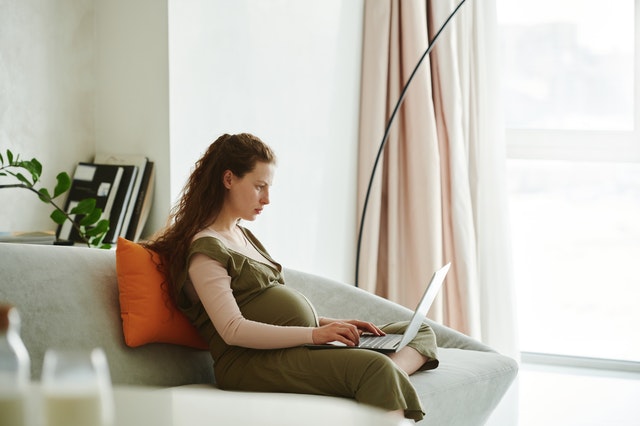Pregnancy and Trampoline Jumping: What You Need to Know

Pregnancy is a time of significant physical changes, and maintaining safe, appropriate physical activity is a common concern for many expecting parents. Among the questions that often arise is whether it’s safe to jump on a trampoline during pregnancy. While trampoline jumping can be fun and a great way to stay active, it’s important to consider how it may affect a pregnant body. This article provides an overview of the risks, considerations, and general guidance related to trampoline use during pregnancy.
Physical Changes During Pregnancy
As pregnancy progresses, the body undergoes major changes that can affect balance, coordination, and joint stability:
- Center of Gravity Shifts: The growing belly shifts the body’s center of gravity, making it easier to lose balance.
- Loosening of Joints: Hormones like relaxing increase joint flexibility in preparation for childbirth, but this can also lead to instability.
- Increased Fatigue: Energy levels can vary widely during pregnancy, impacting physical performance and alertness.
These changes make high-impact or balance-challenging activities riskier than they would be otherwise.
Read more
How to Keep a Healthy Mind and Body During Your Next Pregnancy
Risks of Trampoline Use During Pregnancy
Jumping on trampolines may pose certain risks for pregnant individuals, particularly in the second and third trimesters. These risks include:
- Falls and Injury: The uneven surface and bouncing motion increase the risk of falling, which can lead to injury to the mother or, in severe cases, the baby.
- Abdominal Trauma: A fall or awkward landing can result in abdominal impact, which may pose a risk to fetal health.
- Pelvic Floor Strain: The added weight and pressure on the pelvic floor during pregnancy make high-impact bouncing more likely to cause discomfort or lead to long-term issues like incontinence.
- Dizziness and Balance Issues: Hormonal and circulatory changes can affect balance and blood pressure, increasing the risk of dizziness and disorientation.
Expert Recommendations
Most healthcare providers advise against trampoline use during pregnancy, especially as the pregnancy advances. While every individual is different, and some may be more physically conditioned than others, the general rule is to err on the side of caution.
Instead, low-impact exercises such as walking, swimming, stationary biking, and prenatal yoga are typically recommended. These activities support cardiovascular health, strength, and flexibility without the added risk of falls or impact injuries.
If You’re Considering Trampoline Use
If you’re early in pregnancy and considering light bouncing on a inground trampoline (such as a small rebounder), always:
- Consult Your Doctor: Speak with your OB-GYN or midwife before engaging in any physical activity you’re unsure about.
- Use Supervision: Never jump alone; have someone nearby in case you lose balance.
- Avoid Tricks or High Bounces: Keep movements gentle and controlled.
- Listen to Your Body: Stop immediately if you feel dizzy, uncomfortable, or unwell.
Final Thoughts
While trampoline jumping may be fun and beneficial in non-pregnant situations, it generally poses unnecessary risks during pregnancy. Choosing safer, more controlled forms of exercise can help keep both you and your baby healthy while still staying active and fit throughout your pregnancy journey.
Always follow your healthcare provider’s advice to ensure the best outcomes for you and your growing baby
Related Topics
Key Ways to Advance Your Career During Pregnancy and Maternity Leave




